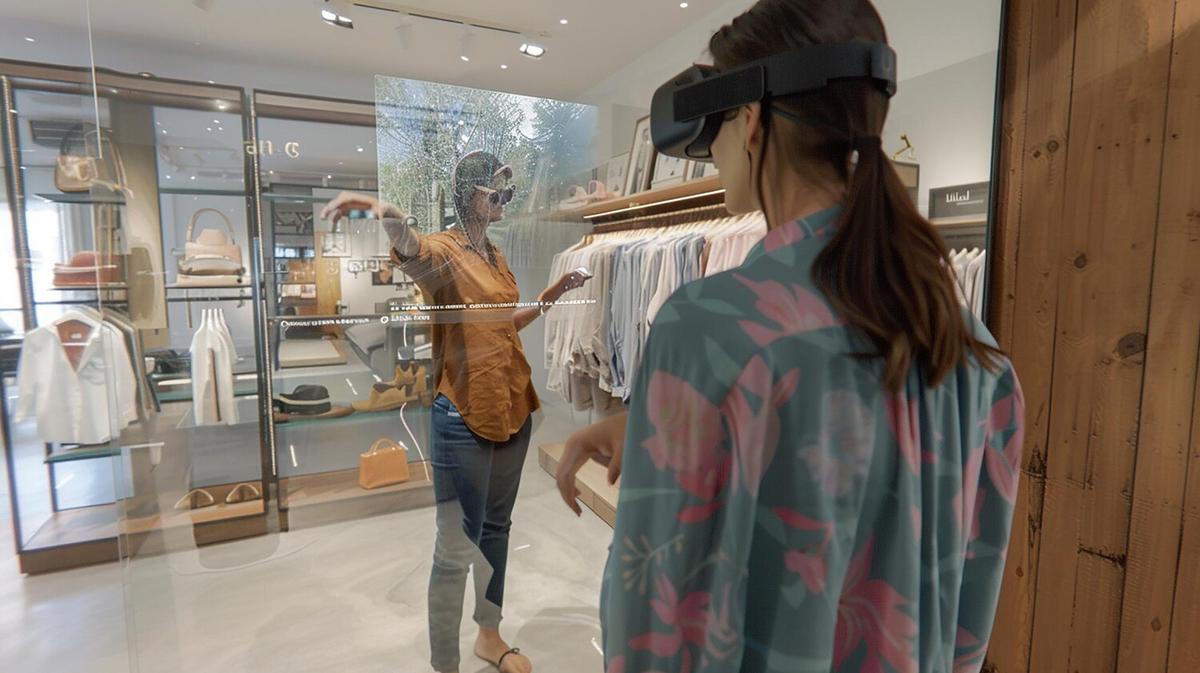
Virtual Fashion Shows: The New Normal?
The digital age has woven its way into every aspect of our lives, and the fashion industry is no exception. As technology continues to evolve, virtual fashion shows are emerging as a compelling alternative to traditional runway events, redefining how designers showcase their creations to the world.
With the global shift towards digital experiences, virtual fashion shows have gained significant traction. According to a report by the Business of Fashion, the pandemic accelerated the adoption of digital formats, with many designers turning to virtual platforms to present their collections. These shows offer a plethora of benefits, from cost savings to a wider reach, allowing designers to tap into global audiences without the constraints of physical locations.
Why Virtual Fashion Shows?
Virtual fashion shows offer an innovative solution to the challenges posed by traditional runways. They eliminate the need for travel and reduce the carbon footprint associated with large-scale events. Additionally, they provide an inclusive space where anyone with internet access can participate, democratizing the fashion industry.
Insights from Industry Experts
Fashion futurist Amanda Parkes highlights that virtual shows are “not just a temporary fix but a long-term shift in how we consume fashion.” She emphasizes the potential for creativity and interactivity, allowing designers to experiment with augmented reality and immersive experiences.
Statistics and Trends
According to a survey by Vogue Business, 70% of fashion brands are investing more in digital platforms, with many planning to continue virtual presentations post-pandemic. This reflects a broader trend towards digital transformation in the industry.
Real-World Examples
Consider the recent success of the digital fashion week held in Paris, where designers used 3D modeling and virtual reality to create stunning, interactive displays. These shows attracted thousands of viewers from around the globe, showcasing the potential for virtual experiences to captivate audiences.
How to Host a Virtual Fashion Show
- Choose the right platform: Consider using platforms that support high-quality video streaming and interactive features.
- Focus on storytelling: Create a narrative that guides viewers through the collection and enhances their experience.
- Utilize technology: Incorporate augmented reality or 360-degree videos to offer a unique perspective.
Consider partnering with digital influencers to amplify your reach and engage with a broader audience.
Comparison Table: Virtual vs. Traditional Fashion Shows
| Aspect | Virtual Fashion Shows | Traditional Fashion Shows |
|---|---|---|
| Audience Reach | Global | Limited by venue |
| Cost | Lower | Higher |
| Environmental Impact | Reduced | High |
| Interactivity | High | Low |
| Flexibility | High | Low |
| Creativity | Limitless | Constrained by physical space |
| Accessibility | Inclusive | Exclusive |
| Engagement | Interactive | Passive |
Frequently Asked Questions
How do virtual fashion shows work?
Virtual fashion shows are streamed online, allowing viewers to watch from anywhere in the world. They often incorporate digital elements such as augmented reality to enhance the experience.
Are virtual fashion shows here to stay?
Many experts believe that virtual fashion shows will remain a part of the industry, offering a sustainable and innovative alternative to traditional runways.
Can virtual fashion shows replace in-person events?
While they offer numerous benefits, virtual shows may complement rather than completely replace in-person events, providing a hybrid model in the future.
Conclusion
Virtual fashion shows represent a transformative step in the evolution of the fashion industry. By embracing digital innovation, designers can reach wider audiences, reduce costs, and explore new creative possibilities. As the industry continues to adapt to the digital age, virtual shows are poised to become an integral part of the fashion landscape.


